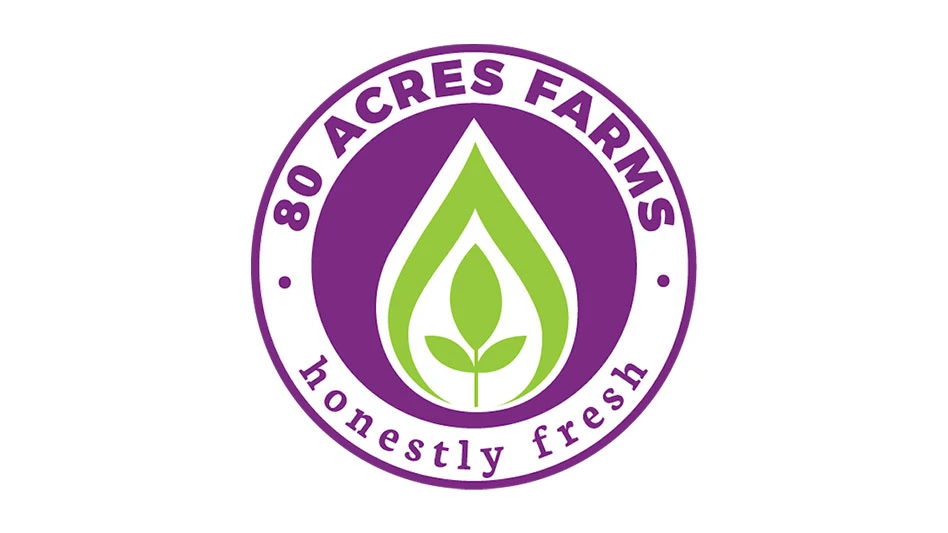
Photo © Adobe Stock
When you’re thinking about new ideas, you’re often thinking of the divergent phase of the brainstorming process — where you generate many new ideas.
When it comes to the convergent phase of creative thinking — when you’re voting and deciding from a large list of ideas — the cliché that people don’t like change tends to hold true. You tend to shy away from the truly new ideas and only vote for the “safest” ideas.
However, the convergent (deciding) phase is equally important — to ensure that those new, fresh and interesting ideas thought of during the divergent phase actually get considered. Due to some basic neuroscience principles, it’s all too easy to instantly reject any truly new ideas. The very human tendency is to decide to select the ideas that make you feel the least uncomfortable. In other words, even if you managed to generate some unique and innovative ideas, you’re unlikely to decide to use them, unless you do some overt things to help overcome instinctive fears of anything new.
There’s an adage that people are resistant to change. There’s some truth in that.
But there are many instances where change is embraced with open arms. Events like marriage, the birth of a child, a career change or moving to a new city are all dramatic life changes that are typically welcome. Most people are happy and excited to embark on these new journeys.
So, what is it about other types of changes that make the “people don’t like change” adage true? The difference is that with a few exceptions like the above, change is typically assumed to be negative.
To better understand this, think about this hypothetical situation. You’re at your desk, doing your work as usual, when your boss walks over and says, “Things are going to change around here.” If you’re like most people, your instant assumption is not that things are going to get better. You probably assume it’s going to be worse, that you will experience some loss of something you currently benefit from. Even if you can acknowledge that the change might be good for the department or the company, your go-to assumption is that things will be somehow worse for you personally.
This expectation that change equals loss is, surprisingly, grounded in neuroscience. All humans have a set of cognitive biases: mental shortcuts used for problem-solving and decision-making. There are a few things to understand about cognitive biases before you dive into why they’re problematic:
- First, cognitive biases are NOT the same kind of bias related to diversity and inclusion initiatives. That’s a completely different concept. Cognitive biases are a neuroscience concept; they have to do with how our brains operate.
- Second, cognitive biases are NOT individual. All humans share the same cognitive biases. It is not as if you have one cognitive bias and somebody else has a different one. All humans share these same mental shortcuts.
- Third, cognitive biases operate subconsciously. You are not aware you’re relying on these shortcuts when you are.
This tendency is due to a specific cognitive bias called the status quo bias.
The status quo bias is the phenomenon described in the hypothetical work scenario — that you instantly and subconsciously presume change to mean loss: specifically, loss to you personally and individually. You assume that the current state of affairs is the best, and anything other than that will be negative.
So, when you are looking for new ideas and have generated a list of possibilities, and it is time to choose among them, you tend to choose only the safest, most incremental and least disruptive ideas. In other words, you lean toward the least amount of change possible.
But suppose the situation is something that actually needs real change. In that case, you need to ensure that the team making the decisions doesn’t let the status quo bias get in the way of considering a more radical idea, which may be the one that really solves the problem.
Here are some tips to help you get around the status quo bias.
- Overtly include in your list of criteria that you want ideas that are disruptive, new and will make a significant impact. Clearly stating that as a criterion will make a difference and will remind people that they need to explicitly consider some of the more interesting, unique and potentially harder-to-implement ideas.
- Require the group to list the potential downsides of changing nothing. Changing nothing is a decision. And unfortunately, it is often the decision that is made by default. You can all too easily “decide to decide later” once you have more information. And you continue that cycle until you miss the window entirely, and it’s too late. When a group decides not to decide, they need to consider the true consequences of that decision. There’s likely a definitive reason to create change by selecting a more impactful idea.
Latest from Produce Grower
- The Growth Industry Episode 3: Across the Pond with Neville Stein
- University of Evansville launches 'We Grow Aces!' to tackle food insecurity with anu, eko Solutions
- Lawsuit challenges new H-2 visa rules
- Q&A: Sandra Eskin Leads Food Safety Advocacy Organization, STOP, as CEO
- Find out what's in FMI's Power of Produce 2025 report
- Martin A. Makary Sworn in as FDA Commissioner
- PG CEA HERB Part 2: Analyzing basil nutrient disorders
- LettUs Grow, KG Systems partner on Advanced Aeroponics technology





